Home>Home Appliances>Heating & Cooling>How To Make Forced Air Heating Less Dry
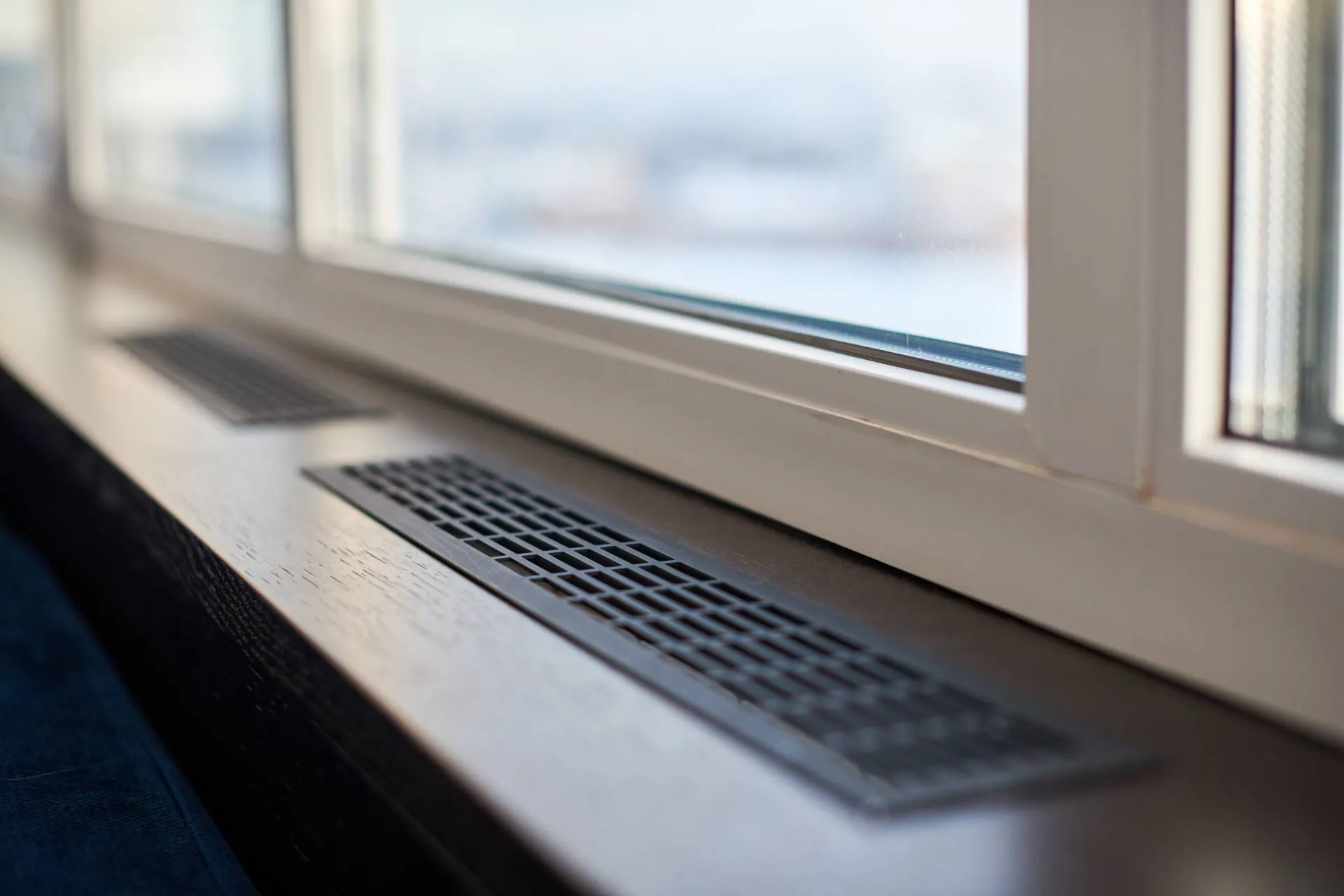

Heating & Cooling
How To Make Forced Air Heating Less Dry
Modified: October 20, 2024
Learn how to reduce dryness in your home with our expert tips for improving forced air heating. Create a more comfortable environment with our heating and cooling solutions.
(Many of the links in this article redirect to a specific reviewed product. Your purchase of these products through affiliate links helps to generate commission for Storables.com, at no extra cost. Learn more)
Introduction
Forced air heating systems are a popular choice for many homes, providing efficient and effective warmth during the colder months. However, one common issue that homeowners encounter with these systems is the dryness they can cause in the indoor air. This dryness can lead to discomfort, health concerns, and even damage to wooden furniture and musical instruments. In this article, we will explore the causes of dryness in forced air heating systems and provide practical tips for increasing humidity in your home. Additionally, we will discuss maintenance and upgrades that can help mitigate the dryness associated with forced air heating. By the end of this article, you will have a comprehensive understanding of how to make forced air heating less dry, ensuring a more comfortable and healthy indoor environment for you and your family.
Key Takeaways:
- Combat dry indoor air caused by forced air heating by using humidifiers, strategic water usage, and plant placement. These simple tips can increase humidity and create a more comfortable living environment.
- Maintain and upgrade your forced air heating system by replacing filters, cleaning ducts, and considering whole-house humidification. These proactive measures can optimize system performance and minimize dryness.
Understanding the Causes of Dryness in Forced Air Heating Systems
Forced air heating systems, while effective at providing warmth, can also contribute to dry indoor air. This dryness is primarily caused by the heating process itself, as well as the design and operation of the system. Understanding the specific factors that lead to dryness is crucial in addressing this issue effectively.
-
Heat Exchange: In a forced air heating system, air is heated by passing over a heat exchanger. This process effectively raises the temperature of the air, but it also reduces its relative humidity. As the air becomes warmer, its ability to hold moisture increases, leading to a drop in relative humidity levels.
-
Air Circulation: The forced air distribution method used in these systems can exacerbate dryness. As the heated air is circulated throughout the home, it displaces the existing air, which may already have a certain level of moisture. This displacement can lead to a decrease in overall humidity levels, especially in well-sealed homes where fresh air exchange is limited.
-
Lack of Humidification: Unlike some other heating systems, forced air heating does not inherently add moisture to the air as it operates. This contrasts with systems like radiators or boilers, which can introduce some level of humidity as they heat the air. The absence of built-in humidification in forced air systems can contribute to dry indoor air conditions.
-
Air Leaks and Insulation: Inefficient insulation and air leaks in the home can exacerbate the dryness caused by forced air heating. When warm, dry air escapes through leaks in the building envelope, it is replaced by cooler, drier outdoor air. This can further reduce indoor humidity levels and create an ongoing cycle of dryness.
Understanding these causes of dryness in forced air heating systems is the first step in addressing the issue. By recognizing the factors at play, homeowners can take targeted steps to increase humidity levels and create a more comfortable indoor environment.
Tips for Increasing Humidity in Your Home
Addressing the dryness associated with forced air heating systems requires proactive measures to increase indoor humidity levels. By implementing the following tips, homeowners can effectively counteract the drying effects of their heating systems and create a more comfortable living environment.
-
Use a Humidifier: Investing in a quality humidifier is one of the most effective ways to increase indoor humidity. There are various types of humidifiers available, including portable units and whole-house systems that can be integrated with the existing HVAC system. By releasing moisture into the air, humidifiers help maintain optimal humidity levels, alleviating the discomfort caused by dry air.
-
Strategic Water Usage: Simple daily activities such as boiling water on the stove or taking longer showers can introduce additional moisture into the air. Placing containers of water near heat sources or using a decorative fountain can also contribute to raising indoor humidity levels.
-
Strategic Plant Placement: Indoor plants not only enhance the aesthetic appeal of a home but can also contribute to increased humidity. As plants release moisture through a process called transpiration, strategically placing them throughout the home can help elevate indoor humidity levels.
-
Open Bathroom and Kitchen Doors: When cooking or showering, keeping the doors to these rooms open allows the steam and moisture to disperse throughout the house, contributing to higher overall humidity levels.
-
Air-Drying Laundry: Instead of using a dryer, consider air-drying laundry indoors. As the water evaporates from the clothes, it adds moisture to the air, helping to combat dryness.
-
Monitor and Adjust Ventilation: While it's important to maintain good indoor air quality, excessive ventilation can lead to reduced humidity levels. Monitoring and adjusting ventilation systems to strike a balance between air exchange and humidity retention is crucial for creating a comfortable indoor environment.
-
Seal Air Leaks: Addressing air leaks and improving insulation in the home can help prevent the escape of warm, moist air, thereby maintaining higher humidity levels indoors.
By implementing these practical tips, homeowners can effectively increase humidity in their homes, mitigating the dryness associated with forced air heating systems and creating a more comfortable and healthy living environment for themselves and their families.
Maintenance and Upgrades for Your Forced Air Heating System
Maintaining and upgrading your forced air heating system is essential for ensuring its optimal performance and minimizing the dryness it can cause in your home. By implementing regular maintenance and considering strategic upgrades, you can enhance the efficiency of your heating system while addressing the issue of dry indoor air.
Regular Maintenance
-
Filter Replacement: One of the most crucial maintenance tasks for a forced air heating system is regular filter replacement. Over time, the filters can become clogged with dust, debris, and other particles, hindering airflow and reducing the system's efficiency. By replacing the filters according to the manufacturer's recommendations, typically every 1-3 months, you can ensure proper airflow and prevent the circulation of dry, dusty air in your home.
-
Duct Cleaning: The ductwork of a forced air heating system can accumulate dust, mold, and other contaminants, impacting indoor air quality and contributing to dryness. Periodic duct cleaning can remove these accumulations, improving airflow and reducing the circulation of dry air throughout your home.
-
Humidifier Maintenance: If your forced air heating system includes a built-in humidifier, regular maintenance is essential to ensure its proper function. This may involve cleaning the unit, replacing the water panel, and adjusting the settings to maintain optimal humidity levels.
-
Professional Inspection: Scheduling annual maintenance and inspection by a qualified HVAC technician is highly recommended. A professional can identify and address any issues with your heating system, ensuring its efficiency and performance while minimizing the impact of dry air on your indoor environment.
Read more: When Did Forced Air Heating Start?
Strategic Upgrades
-
Humidification System: Consider installing a whole-house humidification system as an upgrade to your forced air heating system. This integrated solution can effectively increase indoor humidity levels, providing consistent moisture throughout your home and mitigating the dryness caused by the heating system.
-
Smart Thermostat: Upgrading to a smart thermostat can offer enhanced control over your heating system, allowing you to monitor and adjust humidity levels as needed. Some smart thermostats are equipped with humidity sensors and can integrate with humidification systems to maintain optimal indoor conditions.
-
Sealing and Insulation: Addressing air leaks and improving insulation in your home can significantly impact the performance of your forced air heating system. By preventing the escape of warm, moist air, you can maintain higher humidity levels indoors, reducing the drying effects of the heating system.
By prioritizing regular maintenance and considering strategic upgrades, you can effectively mitigate the dryness associated with forced air heating systems while optimizing the performance and efficiency of your home heating system. These proactive measures not only contribute to a more comfortable indoor environment but also help protect your home and belongings from the adverse effects of dry air.
Consider using a humidifier to add moisture to the air in your home. This can help counteract the dryness caused by forced air heating systems and improve overall comfort.
Conclusion
In conclusion, addressing the dryness associated with forced air heating systems is essential for creating a comfortable and healthy indoor environment. By understanding the causes of dryness, implementing practical tips to increase humidity, and prioritizing maintenance and strategic upgrades for your heating system, you can effectively mitigate the impact of dry air on your home and well-being.
Forced air heating systems, while efficient at providing warmth, can lead to reduced indoor humidity levels due to the heating process, air circulation, and the absence of built-in humidification. However, by recognizing these factors, homeowners can take targeted steps to counteract the drying effects and create a more comfortable living space.
Practical tips such as using humidifiers, strategically increasing moisture through daily activities, and addressing air leaks can significantly contribute to raising indoor humidity levels. These measures not only alleviate the discomfort caused by dry air but also help protect wooden furniture, musical instruments, and overall indoor air quality.
Furthermore, prioritizing regular maintenance, including filter replacement, duct cleaning, and professional inspections, is crucial for ensuring the optimal performance of your forced air heating system. Strategic upgrades, such as installing whole-house humidification systems, smart thermostats, and addressing insulation, can further enhance the efficiency of your heating system while mitigating the impact of dry air.
By taking a proactive approach to address the dryness associated with forced air heating, homeowners can create a more comfortable, healthy, and sustainable indoor environment for themselves and their families. These efforts not only contribute to improved well-being but also help preserve the integrity of the home and its contents.
In conclusion, by understanding the causes of dryness, implementing practical tips to increase humidity, and prioritizing maintenance and strategic upgrades for your heating system, you can effectively mitigate the impact of dry air on your home and well-being. Creating a comfortable and healthy indoor environment is within reach, and by taking these steps, you can enjoy the benefits of forced air heating while minimizing its drying effects.
Frequently Asked Questions about How To Make Forced Air Heating Less Dry
Was this page helpful?
At Storables.com, we guarantee accurate and reliable information. Our content, validated by Expert Board Contributors, is crafted following stringent Editorial Policies. We're committed to providing you with well-researched, expert-backed insights for all your informational needs.
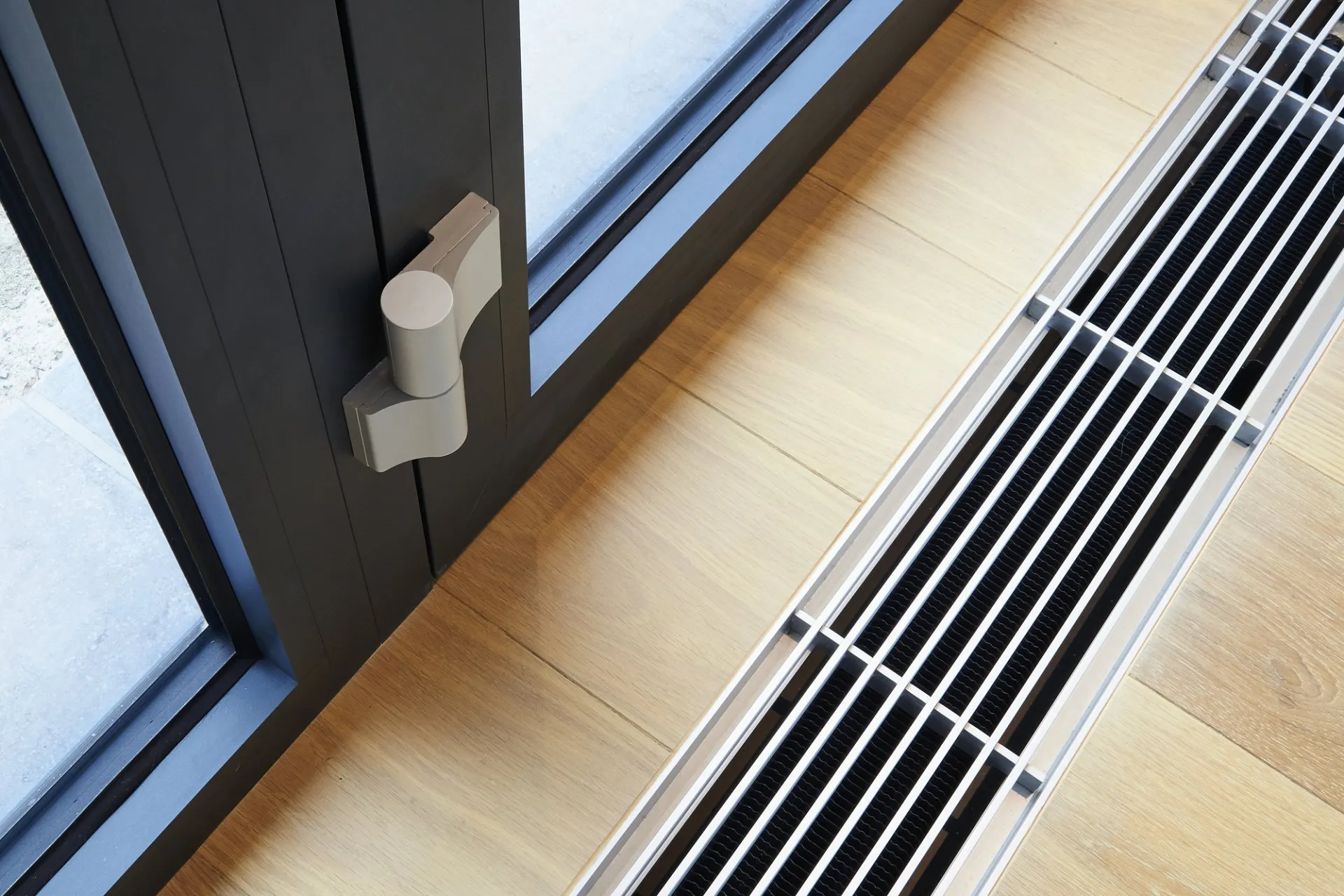
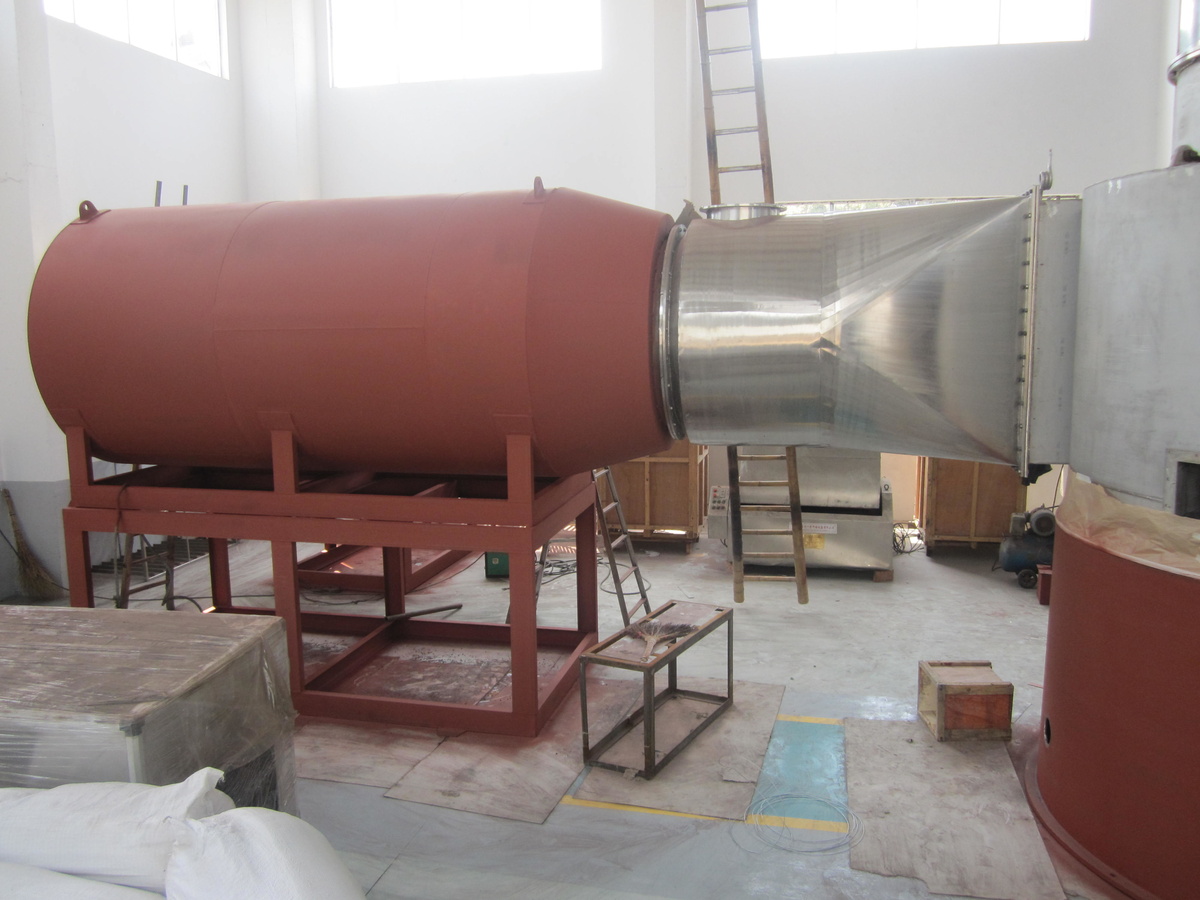
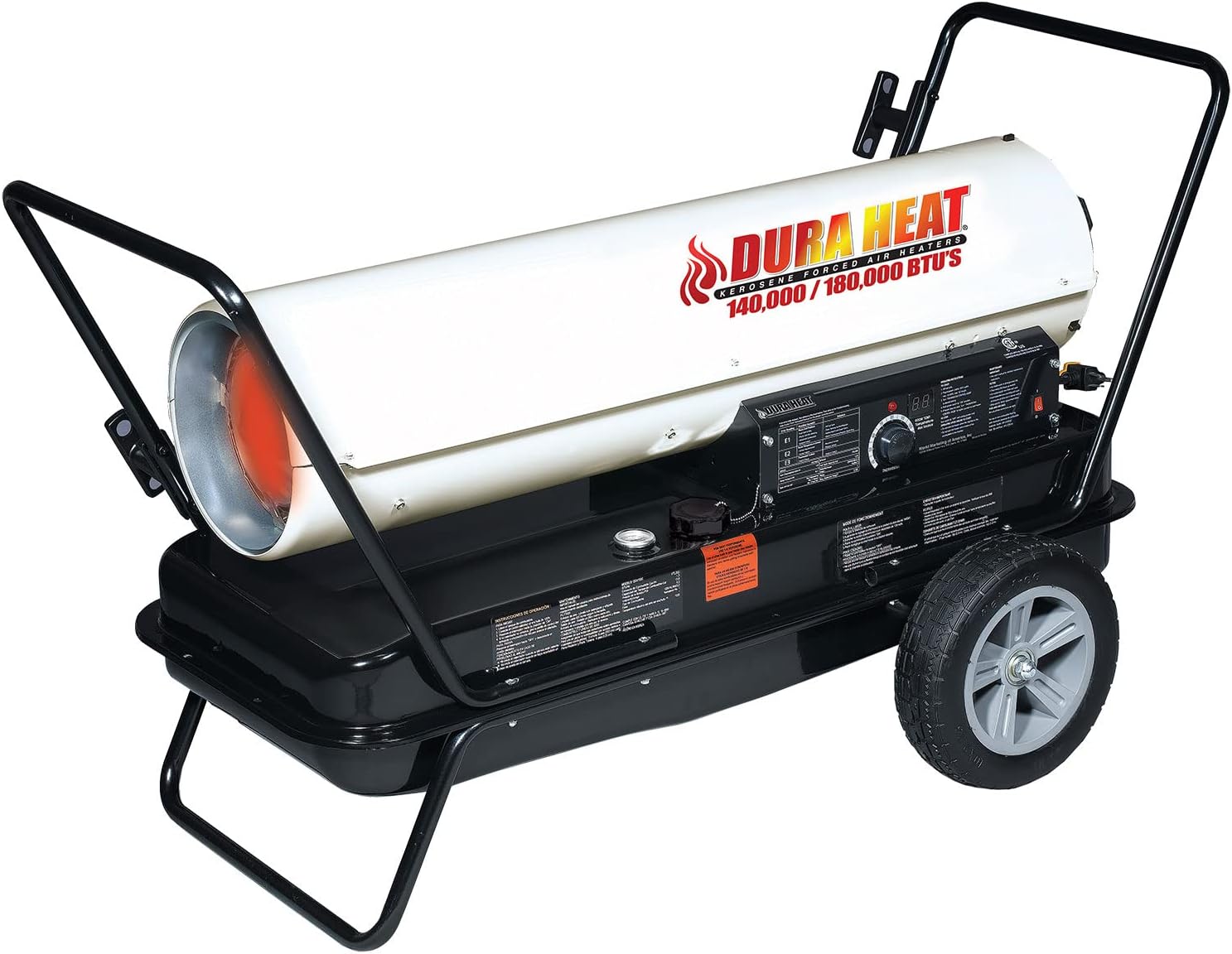
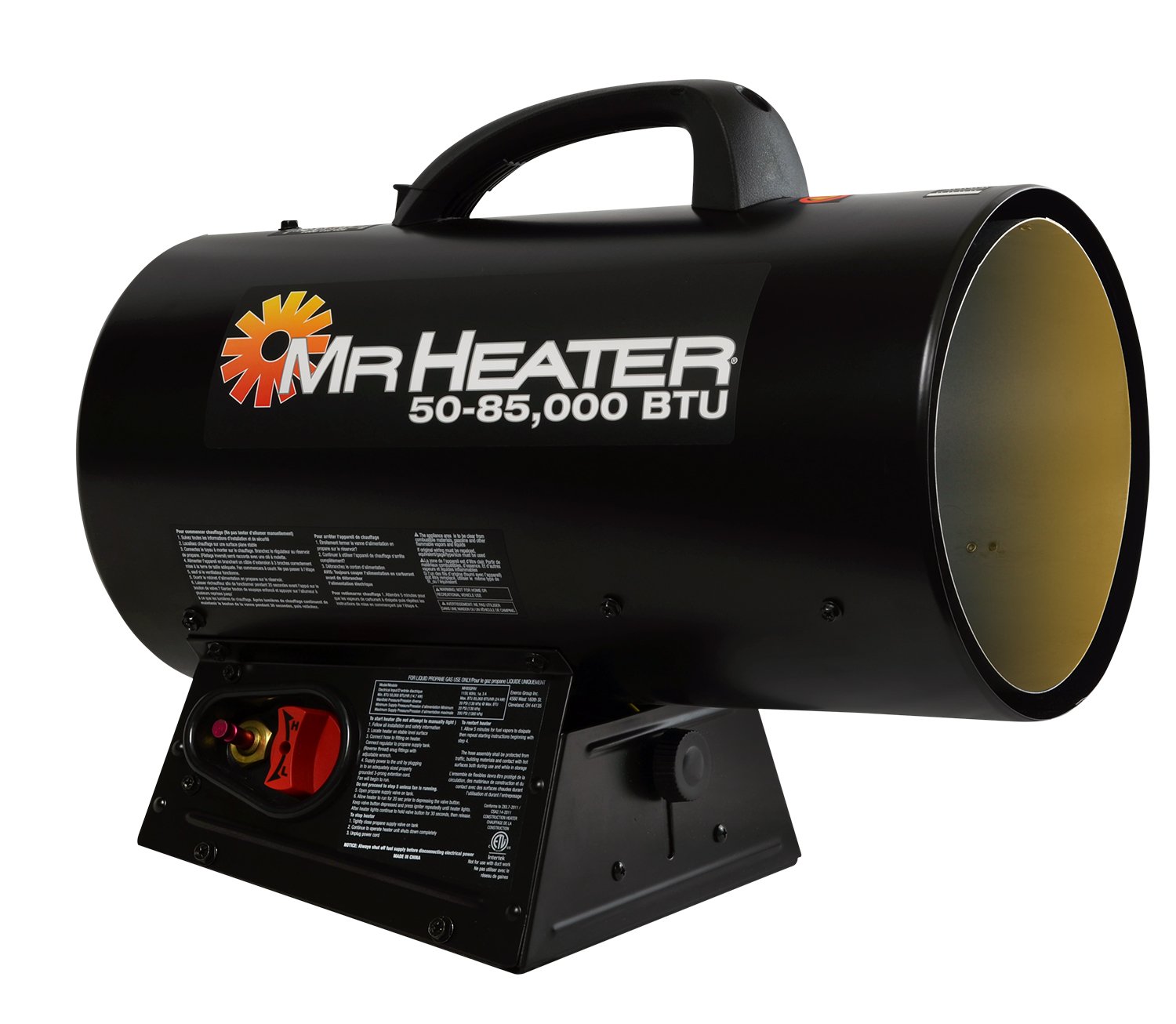
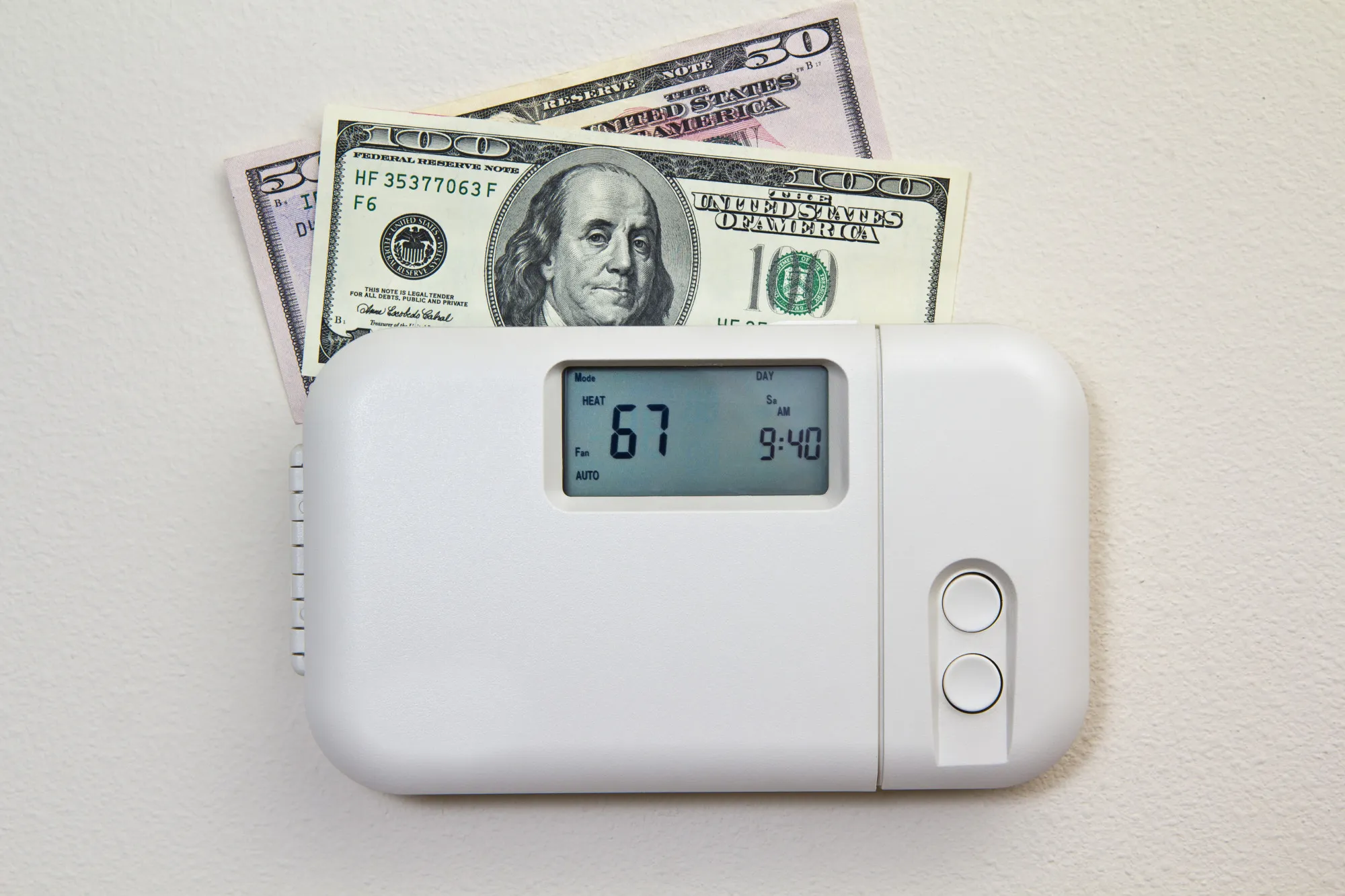
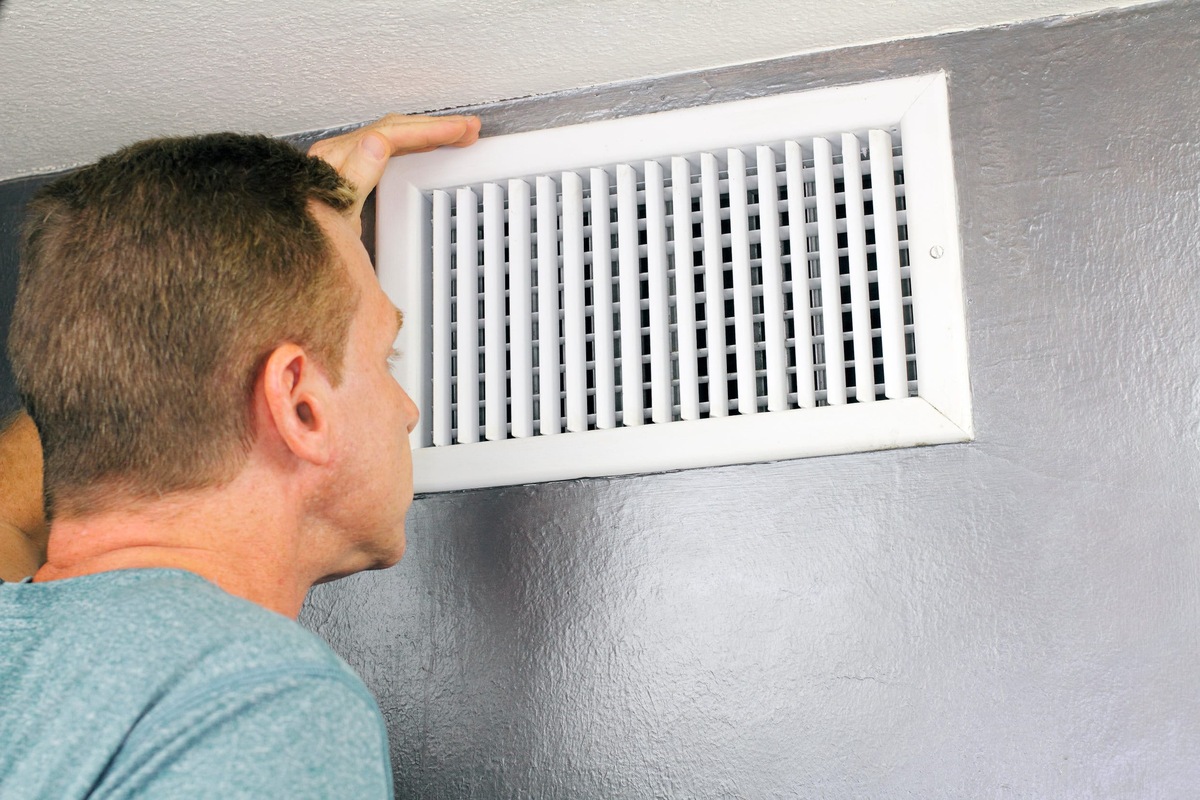
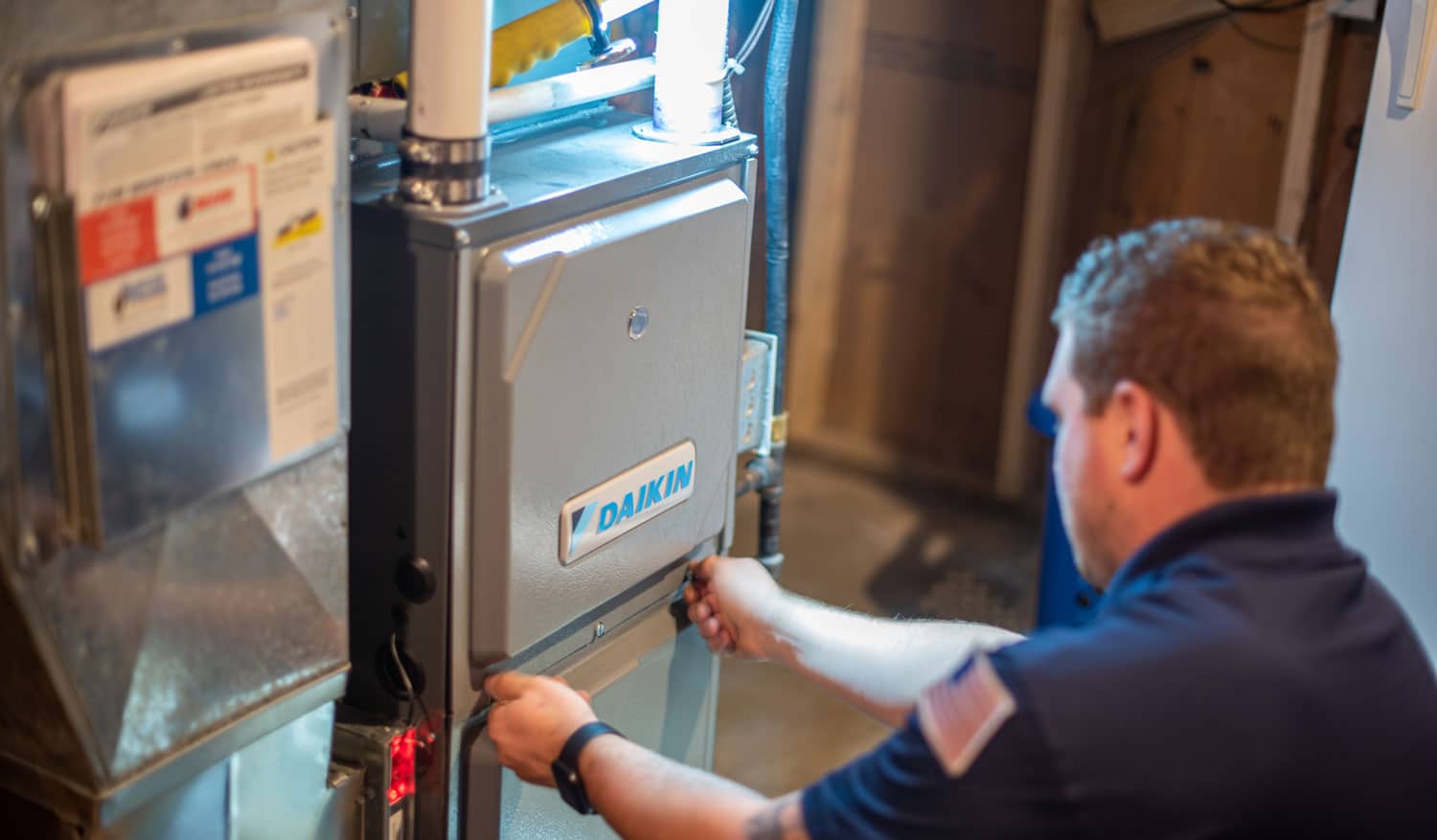
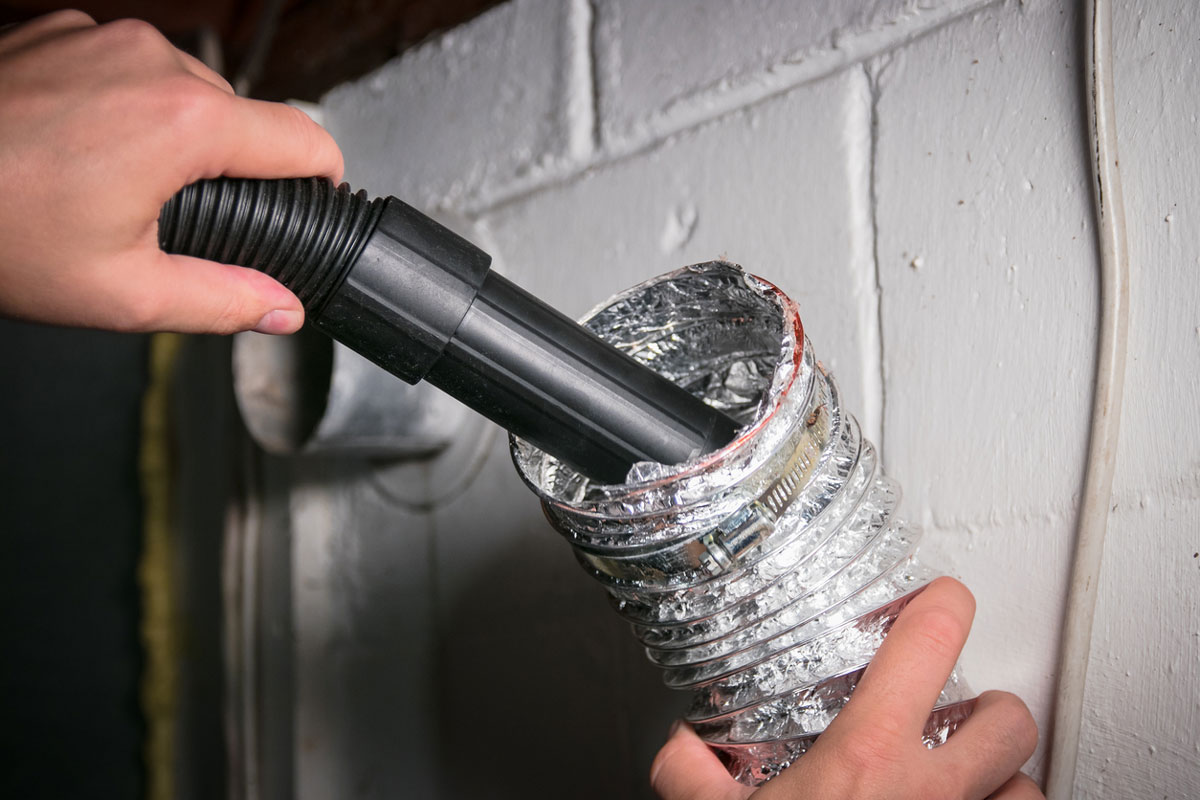
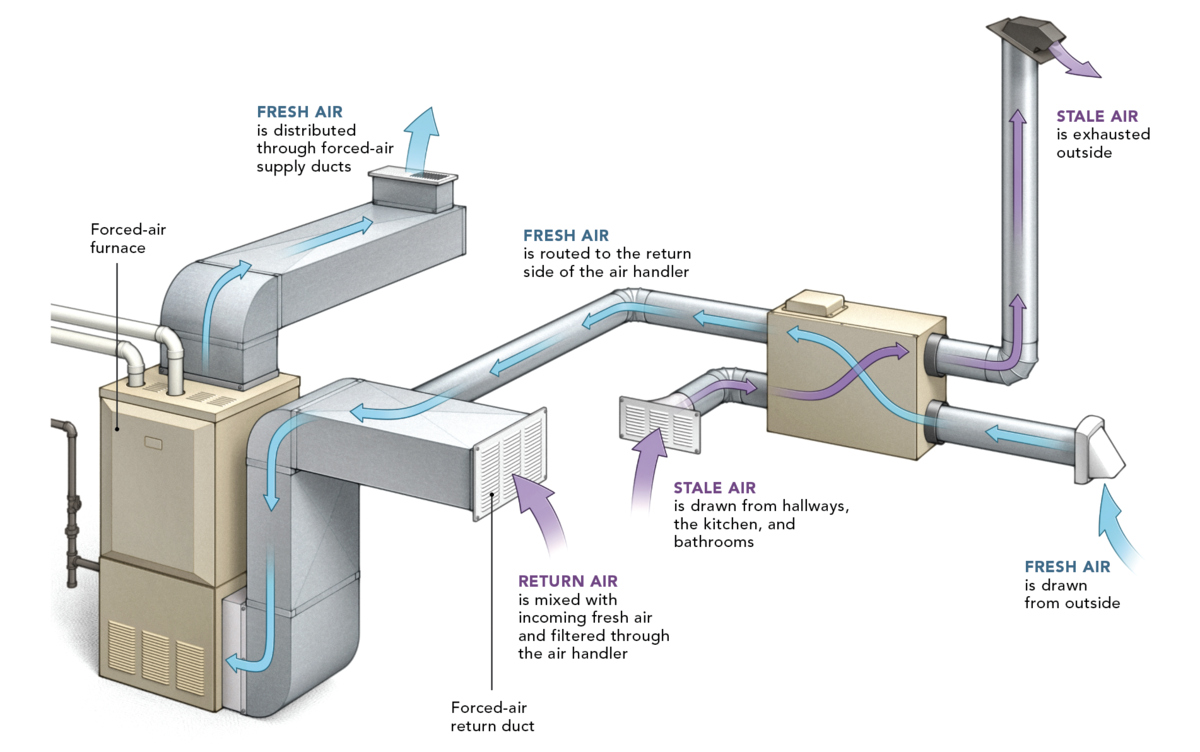

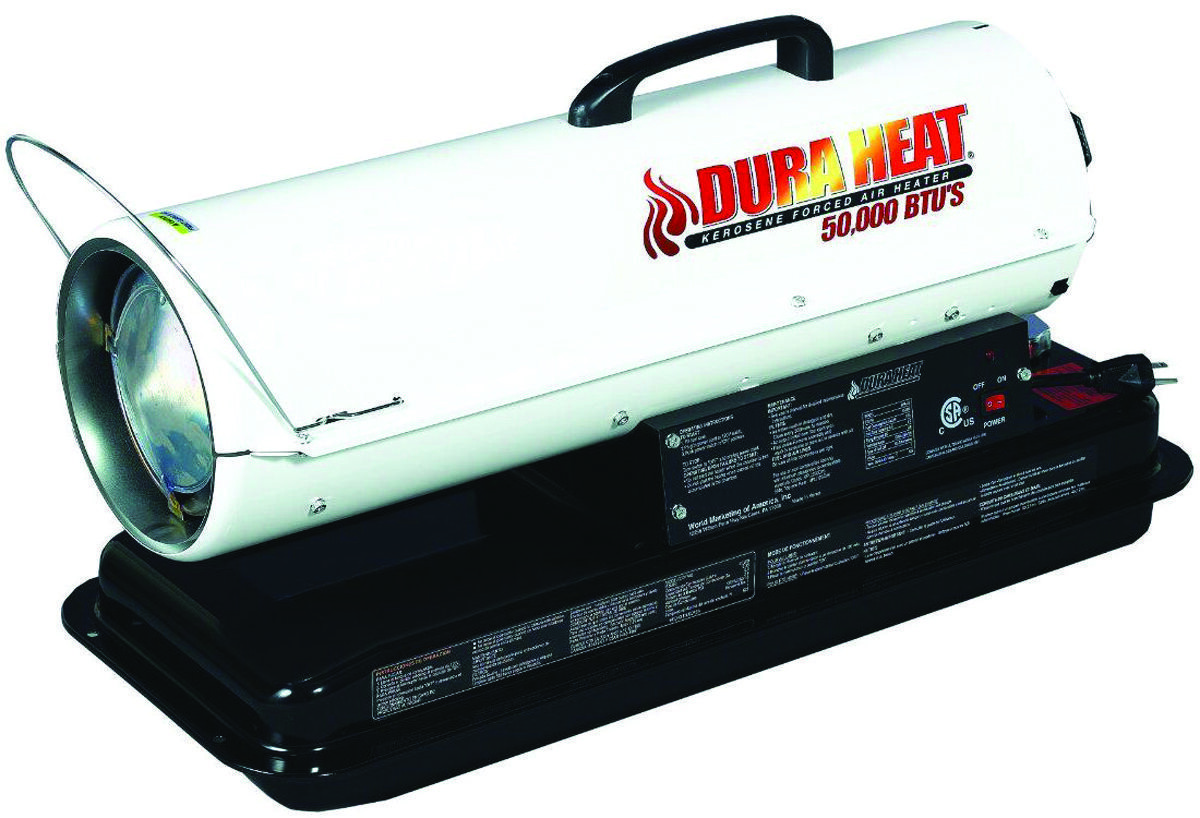
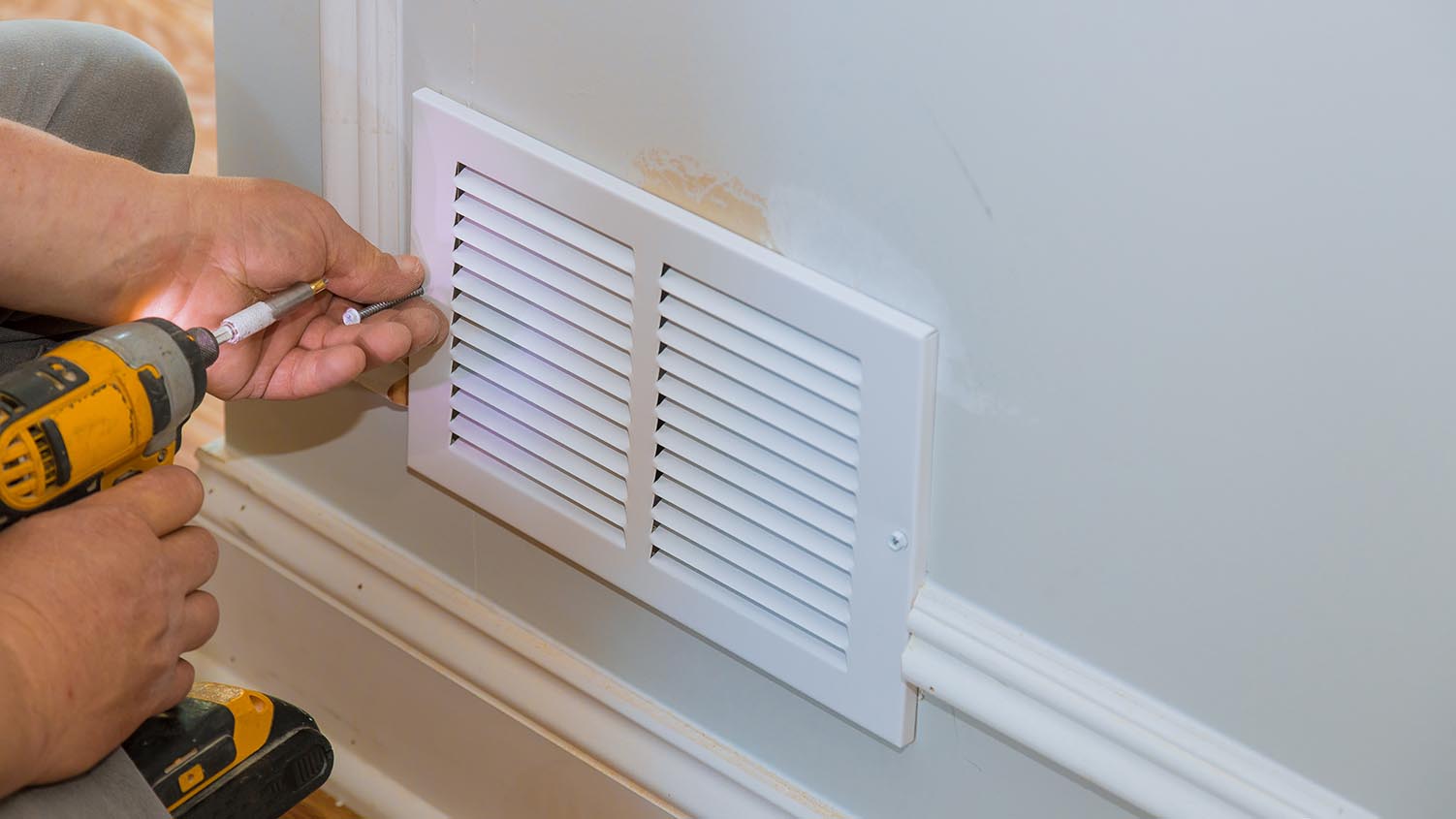
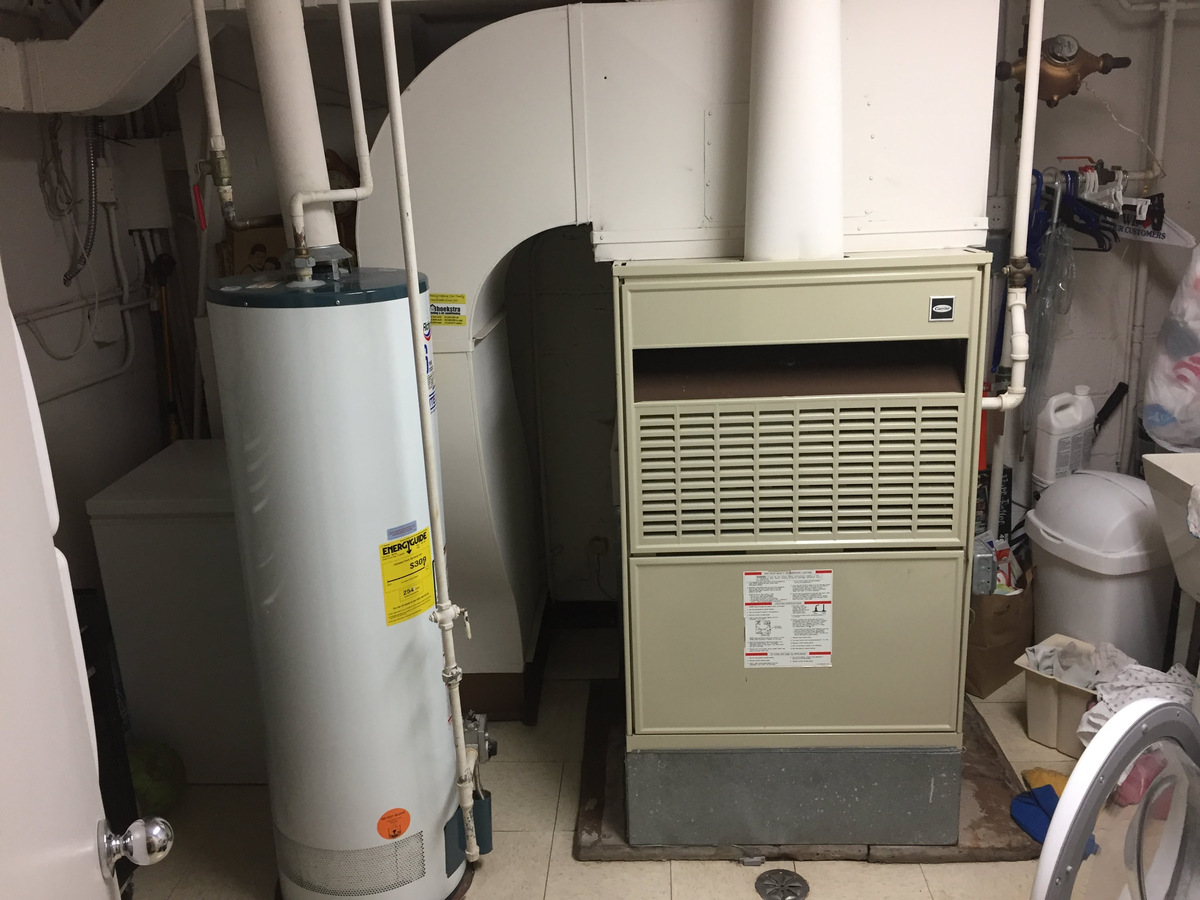
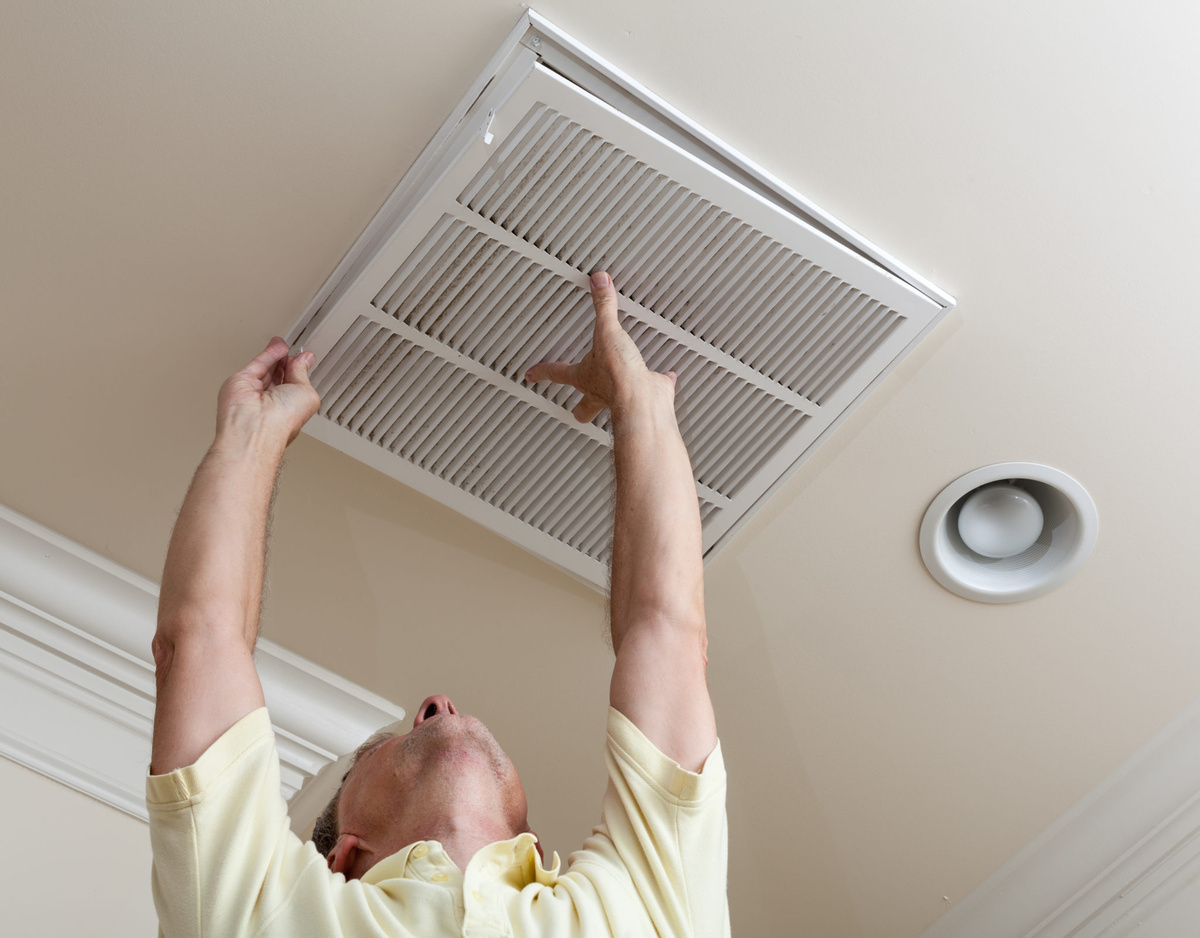

0 thoughts on “How To Make Forced Air Heating Less Dry”